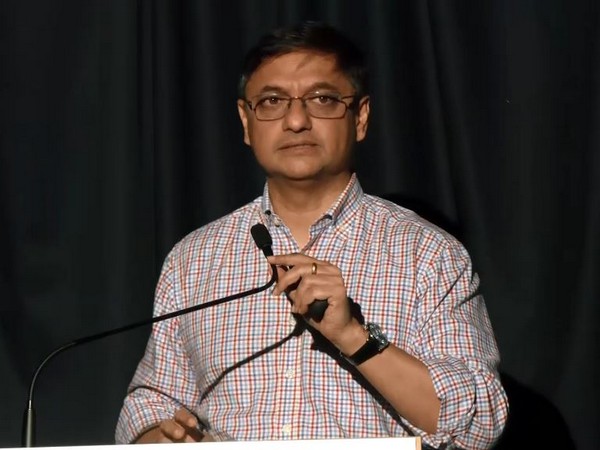
Bengaluru: Economist Sanjeev Sanyal has said that India's economic growth rate of 6 to 7 per cent is a result of many "process reforms" undertaken that are not part of the headlines.
India continues to be among the fastest-growing major economies and is expected to maintain this momentum over the coming years, according to global agencies.
Speaking in Bengaluru at a seminar titled 'Reforms: Way To Vikasit Bharath,' Sanyal, who is member of EAC-PM, said "process reforms are an important part of reforms".
"These are not reforms that you hear about in the headlines or in newspapers; unless you happen to be from that little sector, you probably don't know anything about it. And yet it is the accumulation of these hundreds of small reforms," he said.
"The 6.5-7 per cent GDP growth rate we are now seeing is driven at least in part by the efficiencies we get from this kind of reform," Sanyal said, highlighting the importance of micro-reforms.
He said that the government has removed hundreds of outdated colonial-era laws.
"My late colleague Vivek Debroy was much into that. He was instrumental in removing hundreds of outdated, ridiculous laws. We've got four major maritime laws which go back more than 100 years, which I have worked on...trying to change," he said.
Sanyal said that reforms can be challenging and may not be popular with people but have a positive impact on economic growth.
"Laws are changing. These reforms are happening. And this is very painful, excruciating work, as you can tell; each one of them will need data, and we need to argue with people. You have to be willing to be unpopular with a large number of people, but you have to persist with this," he said.
"Yesterday, you got the data: the economy grew in the last quarter by 7.4 per cent and we are now by some margin the fastest-growing economy despite all the turbulence in the world. It's not happening just like that. There's a lot of work that goes on at the back to keep this economy running," Sanyal added.
He noted that while small reforms often go unappreciated, their cumulative impact has significantly improved systemic efficiency. This, he added, is one of the key drivers behind the current 6.5-7 per cent GDP growth rate.
According to the IMF's April edition of the World Economic Outlook, India's nominal GDP for fiscal year 2026 is expected to reach around USD 4.187 trillion. This is marginally more than Japan's likely GDP, which is estimated at USD 4.186 billion.
Indian economy grew by 6.5 per cent in real terms in the recently concluded financial year 2024-25, Ministry of Statistics and Programme Implementation's official data showed on Friday.